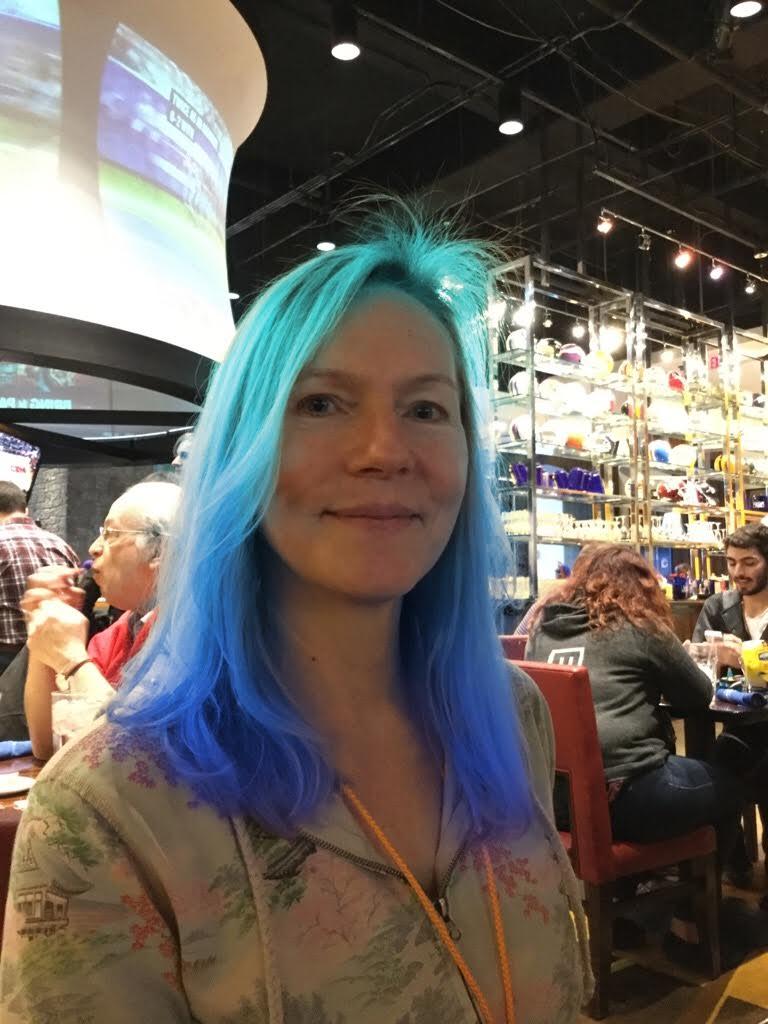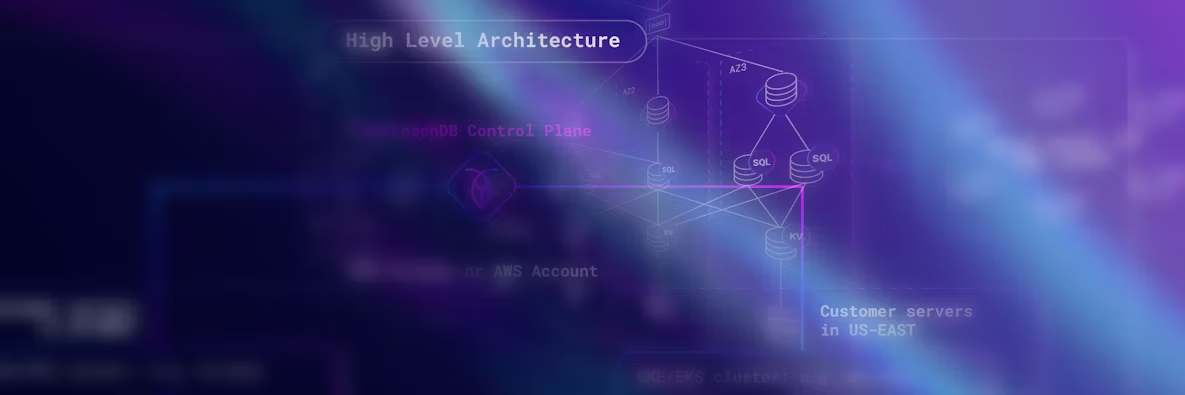
Blog
View all
How we built a serverless SQL database
We recently announced general availability (GA) for Serverless, with support for change data capture (CDC), backup and restore, and a 99.99% uptime SLA. Read on to learn how CockroachDB Serverless works from the inside out, and why we can give it away for free – not free for some limited period, but free. It required some significant and fascinating engineering to get us there. I think you’ll enjoy reading about it in this blog or watching the recent presentation I gave with my colleague Emily Horing:

Andy Kimball
October 11, 2022
Product
Which GCP instances are best for OLTP workloads?
Choosing the right instance type for your workload can be a tricky proposition. It’s not always clear how a particular configuration is going to perform for your workload, and running the tests to find out is time consuming and expensive.

Charlie Custer
October 10, 2022
Product
No time to live: James Bond explains row-level time to live
“Do you know what time it is? Time to die.” -Nomi That’s it. That’s row-level TTL in a James Bond nutshell. Which is appropriate given that today is James Bond Day. You probably don’t need to read further than that one quote from Nomi (possibly the next 007?). Because you get it now. But row-level TTL has been one of our most requested features dating back to 2017. It’s rare for issues on our github to get this many votes. So I hope you’ll forgive me for indulging in this metaphor a bit longer.

Dan Kelly
October 5, 2022
applications
Two real-world examples of serverless applications
*June 2023 Update - As of CockroachDB 23.1 our serverless deployment now has multi-region capabilities. You can read more detail in our documentation. A year ago the leaves were turning and we wrote, “serverless databases are the future”. Well, now serverless databases are the present. It’s true that the serverless database will continue to mature towards its eventual destiny as an API endpoint in the cloud. But the serverless version of CockroachDB is now generally available with advanced capabilities like change data capture (CDC), backup and restore, a management API, and a 99.99% uptime SLA.

Dan Kelly
October 4, 2022
Performance
Why database outages still happen: the limits of high availability
Disasters happen. (Most) outages shouldn’t. When multi-billion dollar companies like Zoom, Slack, and Fanduel experience outages, the reaction from users tends to be anger and surprise. Anger, because people need to get their work done and set their fantasy football lineups. Surprise, because it’s 2022. Isn’t high availability the norm? Not all outages are created equal. Though they have a similar impact on end users, they happen for all kinds of reasons. And some of these reasons are preventable.

Peter Mattis
September 29, 2022
Company
Cockroach Labs named #1 large company on Crain’s 2022 Best Places to Work
We’re pleased to announce that Crain’s has ranked Cockroach Labs #1 in the large companies category of its 2022 Best Places to Work in New York City list. This is the third year in a row Cockroach Labs has received this ranking in the large category. We were named #5 in the overall list of 100 companies in NYC.

Lindsay Grenawalt
September 29, 2022
Product
Serverless for survival
When new technologies arise we first adopt them for their technical value. If that value proves out, then we reach the magic “crossing the chasm” moment: when a technology jumps to widespread adoption through proven business value and goes mainstream. Some technologies, a very select few, make one more jump forward, however — from mainstream to existential imperative.

Michelle Gienow
September 22, 2022
Engineering
Product
Company
CockroachDB Serverless is generally available and more product updates
When we set out to build a better relational database seven years ago, we envisioned a solution that was scalable, highly available, and always consistent, because as we said then, “we’d rather spend time quickly building and iterating products, not engineering solutions to database shortcomings.” Today, after developing a database that delivers those capabilities and has been battle-tested by thousands of customers, we’re still following the same northstar. But we’ve extended that vision.

Nate Stewart
September 21, 2022
Product
Monitor your CockroachDB clusters with cloud-native log services
Identifying transaction bottlenecks or getting an audit trail of user actions in the database can be challenging without self-service observability. Often, the only way to access cluster logs is to request them from technical support, which is painfully inefficient. If a particular set of SQL queries from an application is taking more time to execute than anticipated, not having timely access to logs to help troubleshoot slow query performance could mean end users suffering an inferior experience for longer than desired and the application team not being able to adhere to their SLA / SLO. And if the InfoSec team needs real-time information to identify which users are accessing confidential data fields in tables with sensitive data, going through the support team can hamper appropriate auditability. CockroachDB now makes it possible to export your CockroachDB Dedicated logs to your AWS Cloudwatch or GCP Cloud Logging instances. You can collect and visualize cluster logs directly in those cloud-native services, and from there optionally send them to other third-party Observability platforms for centralized monitoring. You can do all this on your own. No technical support required.
Abhinav Garg
September 15, 2022
Get started for free








